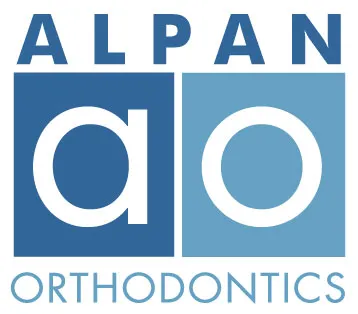 Like many dental health issues, addressing crooked teeth isn’t always as simple as it may seem. Prescribing the right orthodontic treatment depends first on a thorough occlusal analysis to determine how well your upper and lower teeth fit together. The disturbance of this balance is known as malocclusion, and it can occur in a number of ways with various degrees of severity. Today, your Larchmont orthodontist, Dr. David Alpan, examines three of the most common forms of malocclusion and how they relate to the proper alignment of your bite.
Like many dental health issues, addressing crooked teeth isn’t always as simple as it may seem. Prescribing the right orthodontic treatment depends first on a thorough occlusal analysis to determine how well your upper and lower teeth fit together. The disturbance of this balance is known as malocclusion, and it can occur in a number of ways with various degrees of severity. Today, your Larchmont orthodontist, Dr. David Alpan, examines three of the most common forms of malocclusion and how they relate to the proper alignment of your bite.
Improper Tooth Alignment
Overbite
In a healthy human mouth, the upper teeth should extend in front of the lower teeth by about 3-5 millimeters. When the extension exceeds 5mm, your bite is technically imbalanced, and the condition is known as an overbite. Ranging from mild to severe, an overbite may have little visual effect, or it might drastically influence your smile’s appearance (i.e., buck teeth). Either way, an overbite can inhibit your mouth’s proper function and should not be ignored.
Underbite
Like the name suggests, an underbite is the opposite of an overbite, and describes a condition where your lower teeth extend in front of your upper teeth. Because it defies the natural position of your smile, an underbite is usually noticeable and can make your lower jaw seem as though it’s constantly thrust forward. Because of the drastic change in alignment, your lower jaw has to move differently than it would if it were properly aligned, and the strain can damage your jaw’s joints as well as your teeth.
Crossbite
A crossbite can mean one or more teeth have grown at an angle, either outward toward your cheeks or inward toward your tongue. For optimal function, your teeth should grow vertically so that, when you bite down, their chewing surfaces can meet the chewing surfaces of their opposites on an even plane. Angled teeth can lead to excessive tooth wear, as well as strain on your jaw, but may not be as noticeable as an under/overbite, depending on which teeth are affected.
Your Larchmont Orthodontist is an Expert in Correcting Malocclusion
Malocclusion is often detected at an early age, and appropriate orthodontic treatment is typically associated with younger children. However, a misaligned bite can affect patients of all ages. To learn about our many options for discrete, adult alternatives to metal braces, schedule an appointment with your Larchmont orthodontist by calling (702) 784-0500 today for a free initial consultation. Located in the 89146 area, we proudly serve patients across Los Vegas and all surrounding communities. For your convenience, we also have orthodontic offices in Los Angeles and Century City.


